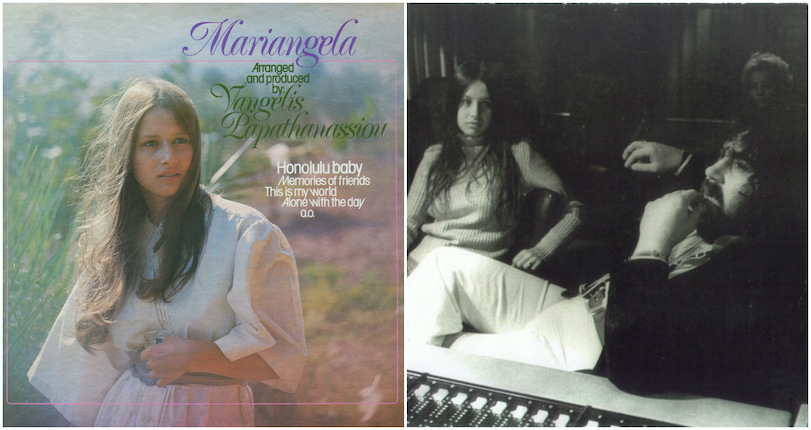
There’s also additional information on how each colony was founded and the role it played during the Revolutionary War.

For each colony, we include its official name, the year it first became a colony of England, and the year it became a crown colony (which meant it was officially controlled by the British government, unlike regular colonies which sometimes had more ability to self-rule). It was these 13 colonies that rebelled against Great Britain and eventually founded the United States of America (see the final section for more information on how this happened).īelow are the original thirteen colonies, separated into three groups based on location: New England Colonies, Middle Colonies, and Southern Colonies. Many of them had been born in the colonies and considered themselves “American.” After some failed colonies, such as those at Roanoke Island, and the split of Carolina into the colonies of North Carolina and South Carolina, there were at this point 13 colonies. Britain had an extensive history of colonization, and it wanted colonies in North America for multiple reasons, including to increase their trading opportunities, create new jobs, and bring in revenue from colonial workers and goods.īy 1775, the thirteen colonies had a population of roughly 2.5 million people. In this case, the 13 colonies were located in North America, and they were controlled by Great Britain. We also give background on the colonies and explain how they eventually became independent states.Ī colony is an area that is under the control of another country.

You’ve likely heard of the 13 original colonies, but how much do you know about them? When were they created, why were they created, how did they gain their independence, and which states did they become? In this guide, we cover all the important and interesting facts about the 13 colonies, including the official name of each colony, when it was founded, and the role it played up to and during the Revolutionary War.


 0 kommentar(er)
0 kommentar(er)
